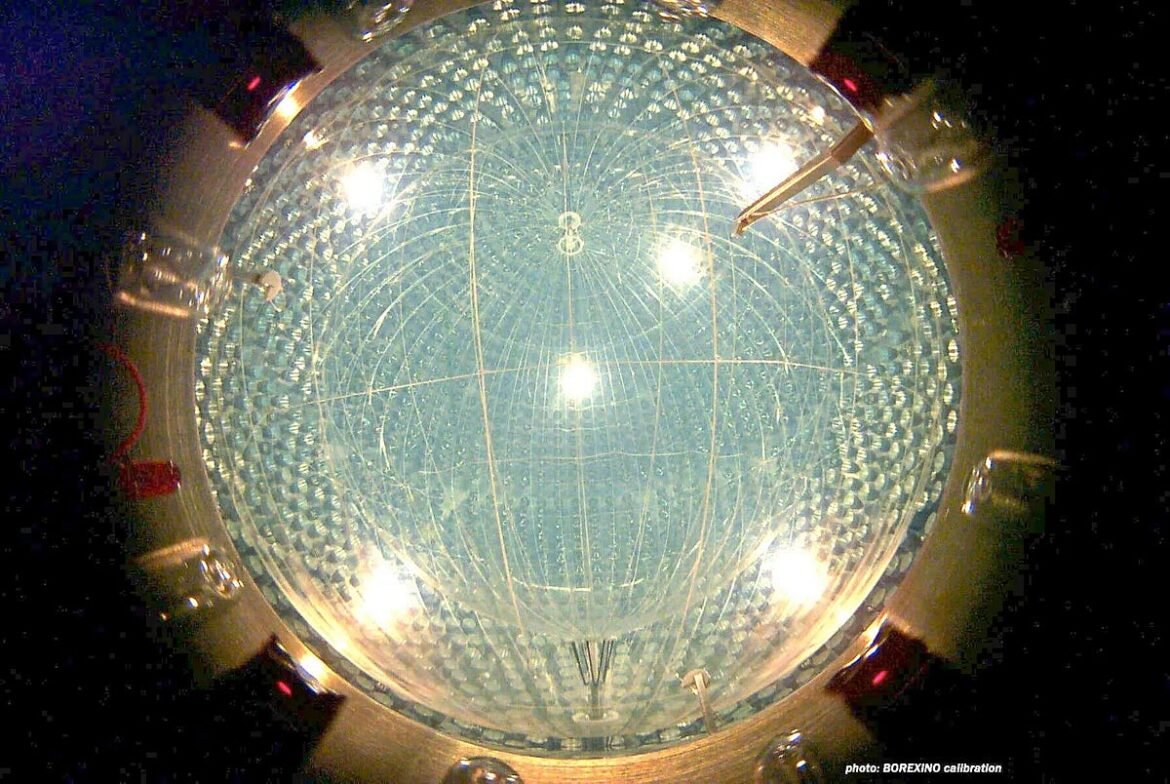Back during the hot Big Bang, it wasn’t just charged particles and photons that were created, but also neutrinos. Where are they now?
One of the hardest concepts to wrap our head around is that of the hot Big Bang: the notion that our Universe began 13.8 billion years ago from an extraordinarily hot, dense, uniform, and rapidly expanding state. Initially, all known species of particles and antiparticles confirmed to exist, along with possibly others that we only speculate about at present, as there was more than enough energy to spontaneously create particle-antiparticle pairs of all types via Einstein’s famous E = mc². Since that early time, the Universe has expanded and cooled substantially, eventually giving rise to atomic nuclei, stable atoms, along with stars, galaxies, and cosmic structure on the largest scales.
But it isn’t just atoms and other structures composed of protons, neutrons, and electrons left over from that early epoch, but also cosmic backgrounds of far more numerous particles. While the relic background of photons, the cosmic microwave background (CMB), is by far the most famous leftover cosmic fossil, there should be another one composed of neutrinos and antineutrinos: the cosmic neutrino background. Reader Daniel S. Gelu wants to know about it, writing in to ask:
“My question is about if [there’s] any foreseen technology to map neutrino background radiation like CMB or BAO was already done?”
It’s an incredibly ambitious endeavor, for sure. While direct detection has not yet been achieved, we have seen the evidence for this background in a couple of different ways. Here’s the science behind the cosmic neutrino background.
Theoretical predictions and expectations
Try and imagine, if you dare, the earliest stages of the hot Big Bang: where the energies and temperatures of the Universe were far, far greater than the energies needed to produce even the most massive of Standard Model particles. In such an environment, every particle and…

